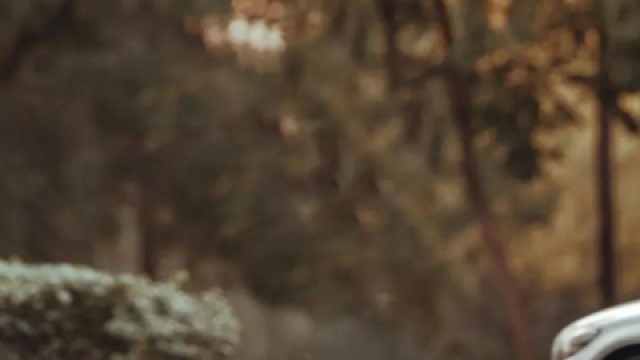
In an age where visual storytelling is more accessible than ever, the art of video editing has emerged as a crucial skill for content creators. Whether you are capturing life’s fleeting moments or crafting compelling narratives for social media, transforming raw footage into breathtaking visual narratives requires both creativity and technical know-how. As digital platforms continue to evolve, so too do the tools and techniques available to editors, allowing them to turn simple clips into cinematic masterpieces.
Video editing is not just about cutting and splicing; it is about envisioning the final product and enhancing the storytelling experience. With the right approach, even the most basic footage can be infused with emotion, rhythm, and depth. This journey from unrefined clips to polished films can ignite your imagination and elevate your projects, making them stand out in a sea of content. Whether you’re a beginner or looking to refine your skills, understanding the nuances of video editing is key to expressing your unique vision in an impactful way.
Essential Editing Techniques
Video editing is a crucial step in bringing raw footage to life. One of the foundational techniques is cutting, which involves selecting and arranging clips to create a seamless narrative flow. Mastering different types of cuts, such as jump cuts and match cuts, can significantly enhance storytelling by maintaining viewer engagement and keeping the pace of the video. Understanding the rhythm of your footage and how to manipulate it through cuts can elevate a simple edit into a dynamic visual experience.
Another essential editing technique is color grading. This process involves adjusting the colors and tones of your footage to achieve a specific mood or look. Color correction is typically done first to ensure that colors are balanced and natural, while color grading allows for creative expression by applying stylized color palettes. A well-executed color grade can transform the atmosphere of a scene, making it feel more cohesive and visually compelling.
Sound design is equally important in video editing, as it complements the visuals and enhances the overall impact of the project. Incorporating background music, sound effects, and voiceovers can elevate your footage from mere images to an immersive experience. Properly syncing audio with the visuals is vital, as poor sound integration can distract viewers from the story. Experimenting with different audio levels and effects will allow you to create a rich soundscape that captivates your audience.
Tools of the Trade
When it comes to video editing, having the right tools at your disposal can make all the difference in transforming your raw footage into a cinematic masterpiece. Professional-grade software like Adobe Premiere Pro and Final Cut Pro X offers an extensive range of features that cater to both beginners and seasoned editors. These programs provide a user-friendly interface alongside advanced capabilities such as multi-camera editing, color correction, and audio mixing, allowing you to bring your creative vision to life.
In addition to editing software, a good computer with powerful specifications is crucial for smooth editing processes. A machine with at least 16GB of RAM, a dedicated graphics card, and ample storage will ensure that you can handle large files and complex projects efficiently. Furthermore, consider using an external hard drive for backup and additional storage, as high-quality video files can quickly consume disk space.
Lastly, don’t overlook the importance of peripherals that enhance your editing workflow. A high-resolution monitor is essential for accurate color grading and detail viewing, while a comfortable editing keyboard or specialized control surface can significantly speed up your workflow. Investing in the right tools not only improves the quality of your edits but also boosts your overall editing experience.
Tips for Stunning Visuals
Video Trimmer No Limit
To create stunning visuals in your video projects, focus on color grading. This process enhances the emotional tone of your footage. Using software like DaVinci Resolve or Adobe Premiere Pro, experiment with color wheels and presets to find the perfect balance that complements your narrative. Subtle adjustments can transform ordinary footage into something captivating, allowing viewers to connect more deeply with your story.
Composition is another key factor in achieving striking visuals. Pay attention to framing and the rule of thirds to guide the viewer’s eye. Incorporating leading lines, symmetry, and contrasts can significantly elevate the aesthetic quality of your shots. Don’t shy away from utilizing negative space, as it can draw focus to your subject and create a sense of depth, making your visuals stand out.
Lastly, incorporating smooth transitions and effects can enhance the flow of your video. Consider using techniques such as cross dissolves or L cuts to create a seamless experience for your audience. Be mindful of overusing effects, as simplicity often yields the most powerful results. The right transitions can help maintain the pacing of your story while keeping the viewer engaged from start to finish.






Recent Comments